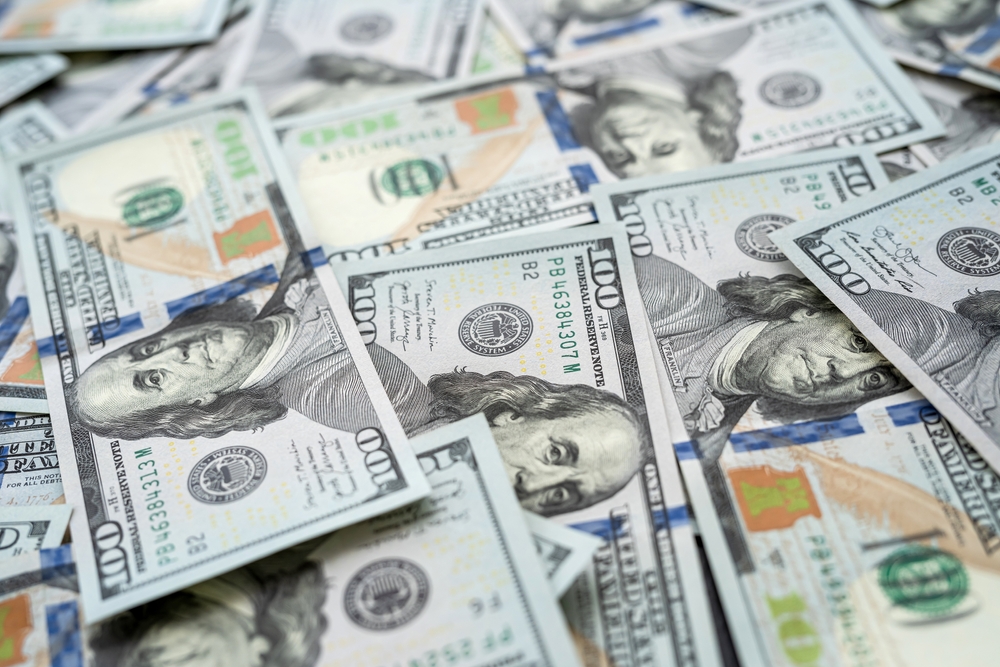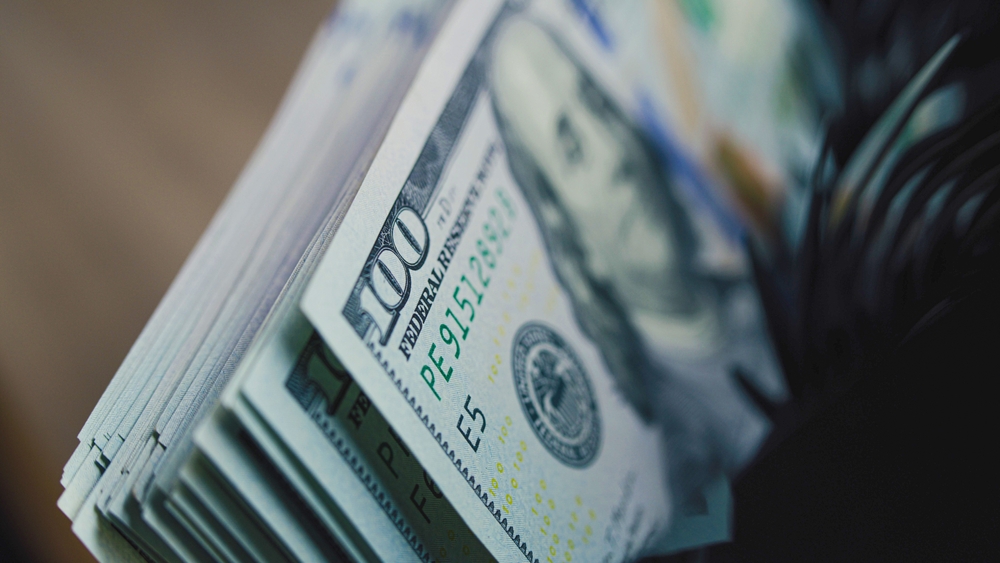Whether you’re buying a coffee in New York, booking a hotel in Tokyo, or trading cryptocurrencies online, chances are you’ve seen the power of the U.S. dollar in action. The USD money is more than just the current currency of the USA—it’s a symbol of stability, trust, and influence across the world.
The origin of the dollar goes back much further than the birth of the United States. In fact, before the American colonies declared independence, the term “dollar” was already in circulation. It came from the Spanish “piece of eight,” a silver coin widely accepted in global trade. Colonists trusted these coins more than British pounds, as they were reliable and widely recognized.
The Spanish dollar’s role in trade was so significant that when the U.S. was born, adopting the “dollar” as its official unit of money seemed like the natural step. From silver coins to early dollar coins, the foundation of American money was built on global exchange.
In this blog, we’ll take you on a journey through the history of the dollar, from the origin of dollar coins to the history of the dollar bill, and explore how the American dollar sign became such an iconic global marker. We’ll also answer questions like
-
What did the U.S. use before the dollar?
-
Why is the U.S. dollar so strong?
-
How did the America dollar currency become the world’s reserve?
-
And what might the future of the dollar look like?
Join us as we trace the fascinating story of a piece of paper and metal that came to rule global finance!
Early History of the Dollar Bill
One of the most intriguing and recognizable aspects of the United States of America is its currency. The dollar bill especially holds keys to the country’s story. With its unique look and esoteric symbolism, the dollar bill could even be considered a legitimate work of art.
The path toward adopting the dollar bill was one that was littered with obstacles. While the government was keen to incorporate paper money into its currency system, the public was skeptical and didn’t initially trust that paper could be just as valuable as traditional silver and gold.
Contrary to general assumptions, the dollar existed before the United States was an independent and unified nation. Prior to the Declaration of Independence, the Continental Congress had authorized the government to issue dollars and coins for use as widely accepted tender amongst the thirteen British colonies.
The term “dollar” itself actually owes to the Spanish currency of the time, specifically the eight-real coin (also known as the Spanish dollar), and U.S. dollars were used side by side with their Spanish counterparts—which were accepted as legal tender until 1857—during colonial times.
The dollars we all use today operate independently of gold prices or any precious metals of intrinsic value. This is known as “fiat currency”—that is, the dollar’s value is only that which we collectively ascribe to it. Insofar as we value, accept, and seek dollars as compensation, they have and will continue to have value.
Designs and Symbols on the Dollar Bill
Why is George Washington staring at you from the $1 bill? Why the pyramid with the eye? Every part of the American dollar sign and imagery tells a story. The $ symbol first occurs in the 1770s, in manuscript documents of English-Americans who had business dealings with Spanish-Americans, and it starts to appear in print after 1800.
The word ‘dollar’ itself derives from the Flemish or Low German word daler (in German taler or thaler), short for Joachimstaler, referring to a coin from the silver mines of Joachimstal, in Bohemia (now Jáchymov in the Czech Republic).
The term was later applied to a coin used in the Spanish-American colonies and also in the British North American colonies at the time of the American War of Independence. It was adopted as the name of the US currency unit in the late 18th century.
Interestingly, the practice of putting presidents on the front of U.S. dollars is a rather modern tradition, beginning only in the early 1900s. George Washington, the president most readily identified with the dollar, scoffed at the idea of using his face on money. To Washington, the very notion smacked of European monarchical tradition.
In recent years, the Treasury Department has been thoroughly redesigning American paper money, incorporating advanced anti-counterfeiting measures while at the same time retaining traditional features such as the portraits, motifs, and colors of past United States paper money issues.

What Is the US Dollar Based On?
Here’s where things get interesting. Once upon a time, the U.S. dollar was tied to gold and silver reserves. If you held a dollar, you could theoretically exchange it for gold. But in the 20th century, this changed.
Today, the USD money is a fiat currency, meaning it’s not backed by precious metals. Its value is based purely on trust, government backing, and demand. So the strength of the America dollar currency comes not from gold bars in Fort Knox but from confidence in the U.S. economy.
Who Designed the Dollar Bill?
The original dollar bill designs came from a mix of engravers and officials in the Treasury Department. Over time, artists and security experts worked together to make money both beautiful and safe. The dollar became an art piece in itself—one you carry in your wallet.
What Did the US Use Before the Dollar?
Before the U.S. had a unified system, people used a mishmash of British pounds, Spanish coins, and even bartering. Imagine paying for groceries with a mix of coins from three different countries—it was chaotic.
The decision to adopt the American dollar sign and standardize the current currency of the USA simplified life and made trade easier.
What Makes the U.S. Dollar So Strong?
When you check the US dollar rate history, you’ll notice that the USD often dominates against other currencies.
Why?
-
The size of the U.S. economy
-
Its military and political influence
-
Global trust in American institutions
The importance of USD money is that it’s seen as safe. When crises hit—whether financial or political—investors flock to the dollar, strengthening it further.
Which Countries Use the Dollar?
The America dollar currency isn’t just for Americans. Countries like Ecuador, Panama, and El Salvador use the U.S. dollar as their official currency. Others peg their local money to the dollar to stabilize value. This makes the USD not just a current currency of the USA but a financial lifeline for many nations.

How Did the U.S. Dollar Become the Global Currency?
After World War II, the U.S. dollar emerged as the world’s primary reserve. The Bretton Woods Agreement in 1944 tied global currencies to the dollar, making it the backbone of international trade. From oil contracts to global business deals, the USD money became the reference point. The future of the dollar still depends on global trust, but for now, it remains unmatched.
When Did the World Start Using the US Dollar?
By the mid-20th century, the history of the dollar shifted from a national to a global story. The world began pricing gold, oil, and other commodities in USD. This created the term “petrodollar,” tying the dollar history to energy markets.
Which Country Has the Largest Dollar Reserve?
Unsurprisingly, China holds the largest U.S. dollar reserves, with trillions stored in its central bank. Holding USD gives countries stability and power in international trade. This phenomenon reflects the importance of USD money as not just a currency but a global financial tool.
The Future of the Dollar
With digital currencies and blockchain rising, many wonder about the future of the dollar. Will it remain as powerful, or could cryptocurrencies replace it? For now, the dollar’s dominance is secure, but its story is still unfolding. As money evolves, so will the role of the dollar bill and dollar coins.
Wrapping Up
The history of the dollar bill isn’t just about money—it’s about trust, innovation, and global influence. From its origin as the dollar in Spanish silver to its role as the world’s reserve, the U.S. dollar is a symbol of both America’s journey and the interconnectedness of global trade. And just like the dollar has adapted over centuries, the way we use money is changing today. That’s where Jeton Wallet and Jeton Card come in.
At Jeton, we believe in making money management as simple and powerful as the dollar itself. With Jeton Wallet, you can send, receive, and manage money across borders seamlessly. With Jeton Card, you get secure, fast, and modern payments—online and offline.
Ready to experience the future of finance? Download the Jeton app on Google Play or get it on the App Store today and open your free account. The story of money continues—and you can be part of it with Jeton!



